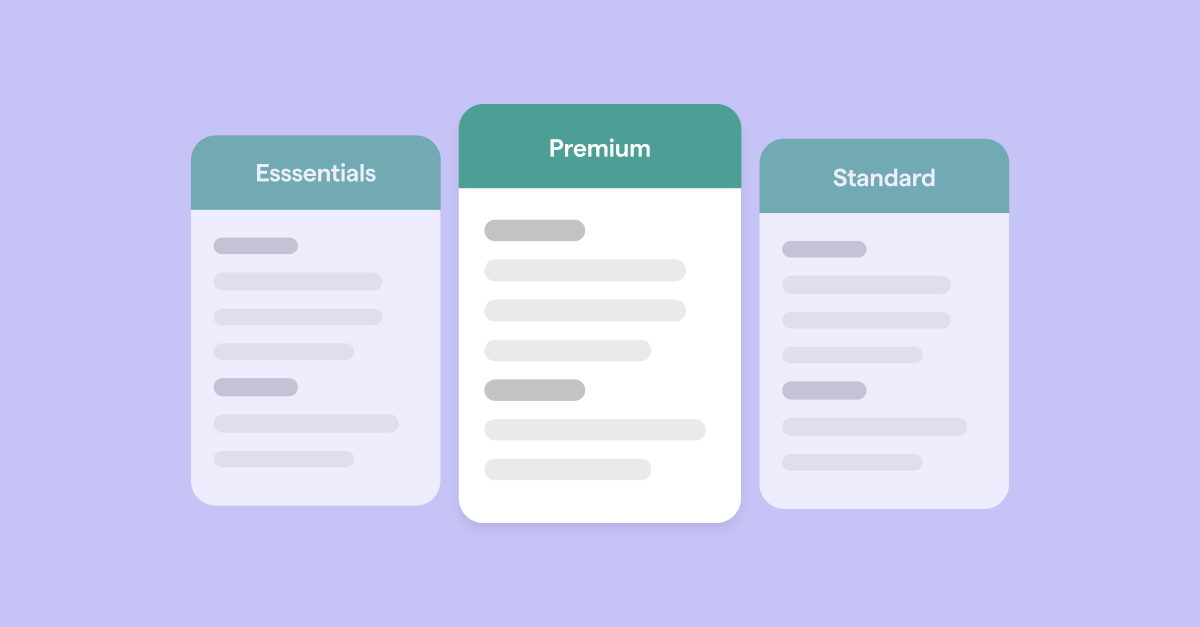How to manage rising costs and pricing services as an accountant

Rising costs are impacting businesses across the globe with many firms finding it challenging to attract and retain staff. The price of goods and services is increasing. The United States Consumer Price Index (CPI) rose by 9.1% over the year to June 2022. The equivalent figure was 9.4% in the United Kingdom, while Australia saw its CPI rise by 6.1% over the year.
The outcome? Higher wages, staff shortages and an overall spike in the cost of keeping your accounting firm running.
Many businesses increase their prices annually to allow for employee pay increases and to reflect rising operational costs. According to global management consultant McKinsey & Company, major corporations raise their prices based on the, “willingness of customers to pay relative to a comparable peer set, and the margin performance at a product and service level expected from the price change”.
Accountants and bookkeepers may avoid communicating a price increase to clients, despite the rising costs of staff, technology and other suppliers. However, what could give you an edge over your competitors is how you change your prices, and which technology you choose to put those changes into place.
Understanding different pricing models
1. Fixed fee
Fixed fee pricing is when the client pays a set amount for your services. Rebecca Mihalic CA, Head of Accounting at Ignition, says using fixed fee pricing required a shift in focus from where she spent her time, to the services she provided.
Previously, she had billed by the hour. But she noticed a tendency to underestimate hours, which resulted in inefficiencies and missed revenue. Scope creep became an issue and she decided to move to fixed-fee pricing. “I needed to think about the deliverables and outcomes for the client and the firm,” Rebecca says.
Moving to fixed fee pricing puts the focus on your services, while hourly billing incentivises your time. During an economic downturn, when business costs are rising, the last thing clients want is a surprise bill for additional hours. Fixed fee pricing eliminates that issue and makes for a better client experience.
Using a fixed fee model is ideal for compliance-based work such as tax returns, scalable services, and projects with a clear scope.
2. Hourly billing
Some accounting professionals charge by the hour. Depending on the type of work you’re doing, this could be an inefficient model – hourly billing can be unpredictable and can make estimating cash flow difficult. Hourly pricing can, however, work for projects that are ambiguous, with an undefined scope of service, or for time-sensitive work.
Ignition is a technology platform that makes it simple to engage clients, get paid and run your business. With Ignition, accountants and bookkeepers can tailor their proposals to bill clients in many ways: hourly, monthly, quarterly or annually. You may even want to bill clients based on units, such as per employee.
Knowing that these options are available is a great starting point for preparing a price change notice.
3. Value-based pricing
The easiest way to think about value-based pricing is to look at the housing market. Let’s say you are selling a three-bedroom home in a particular suburb. The value of your home will be based on the dollar amount that similar properties have recently sold for.
There are a few key things that come into play when using value-based pricing. One is your market segment. Value-based pricing only works for one market segment at a time. In this example, the segment is prospective buyers of a three-bedroom home in your suburb, not all buyers in the country.
Next is the key differences or unique selling points that make your property different from the others. For example, it may have a new kitchen, be closer to amenities or have a swimming pool. With value-based pricing, a dollar amount is placed on the differentiation.
In accounting, value-based pricing can be ideal for advisory services. Get a good picture of the prices your competitors charge for similar services to particular clients, then look at what you do differently. What is unique about the advisory services you provide? Place a financial value on those differences.
4. Agreed fees
Agreed fees, as the name suggests, is when an accountant or bookkeeper reaches an agreed price for their services with the client. The key thing to think about with agreed fees is the scope of work involved.
Agreed fees are best charged for project work where the outcome may be uncertain. However, it is important to have clearly defined boundaries for the project to avoid scope creep. This happens when the scope of a project starts to change from what was originally agreed. As Ignition’s State of client engagement report shows, unrecovered fees for out-of-scope work can amount to significant losses each year for accounting firms.
Coming to an agreement on price also means coming to an agreement on scope. If the scope changes, the price also needs to change to reflect that.
Tiered pricing

“It’s not easy trying to find the sweet spot between what you want (the highest price possible) and what the client wants (the lowest price possible),” says Ryan Lazanis, a tiered pricing expert and the owner of Future Firm.
“Three-tiered pricing essentially widens the bulls-eye, making it easier to find something that suits you both,” he says.
Accounting professionals can present these options to clients with ease in Ignition. By sending off detailed three-tiered proposals, you can show that you can meet a range of client needs. It gives clients options to choose from and is a great way of winning new business and showcasing the different services you offer.Getting organized
Accountants and bookkeepers can also ask for an upfront deposit in their proposal to reduce the chance of non-payment. You can automatically invoice your client upon signing or schedule one for a specific date.
Once you’ve set the price and fee schedule, you can automate billing via Ignition. For those looking for more flexibility, manual billing lets you control each invoice.
It’s good to have the option to change the billing type if you prefer. The key to successful pricing is having the technology that works for you and your clients – you always want the option to change the billing type if you prefer.
Over to you
Many firms are still holding on to a mindset that ‘if it ain’t broke, don’t fix it’. But with business costs on the rise, it’s worth considering how a fresh approach to engaging clients, getting paid and running your practice could boost your bottom line.
To find out more about how to grow your firm during an economic downturn, read Ignition’s step-by-step guide below. It focuses on four key areas: pricing, efficiency, scalability, and client retention. You’ll discover simple and practical ways to future-proof your accounting or bookkeeping practice against rising costs, so your firm can emerge stronger than ever.


